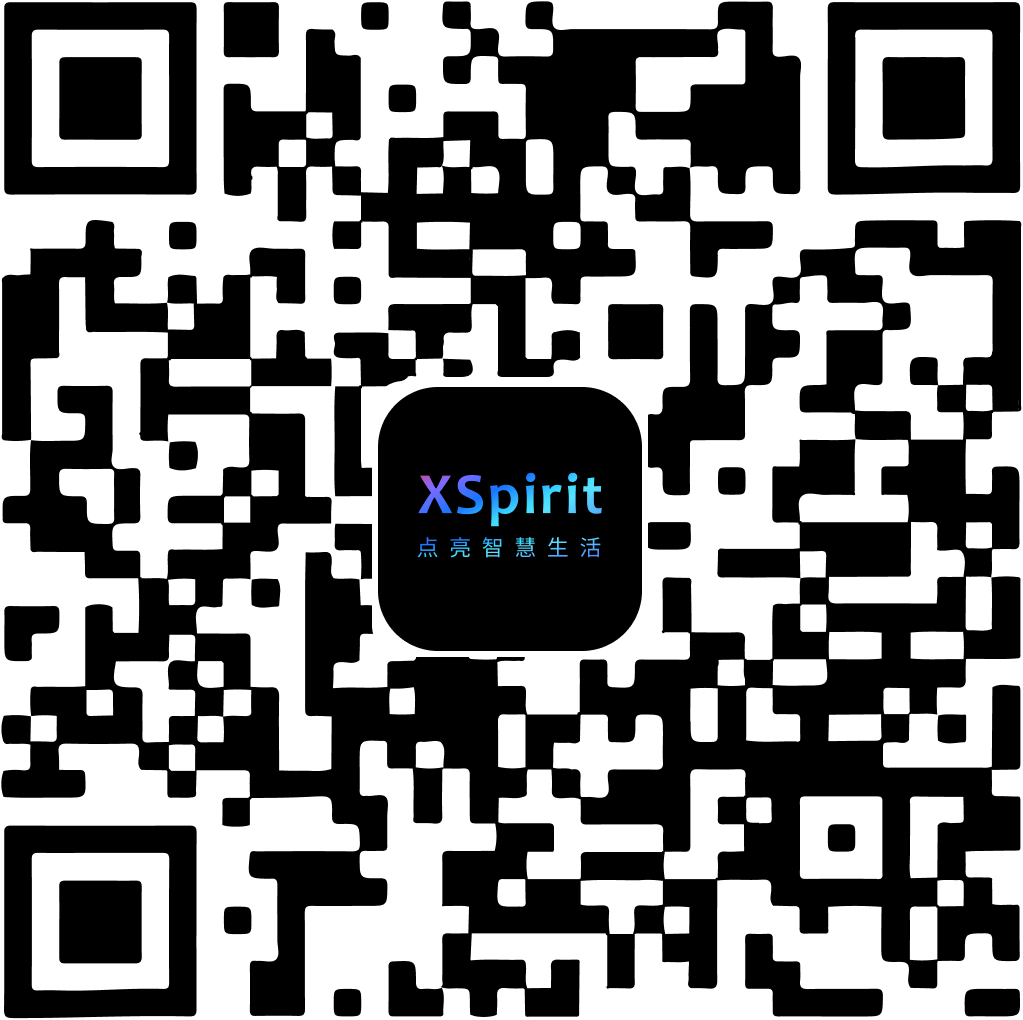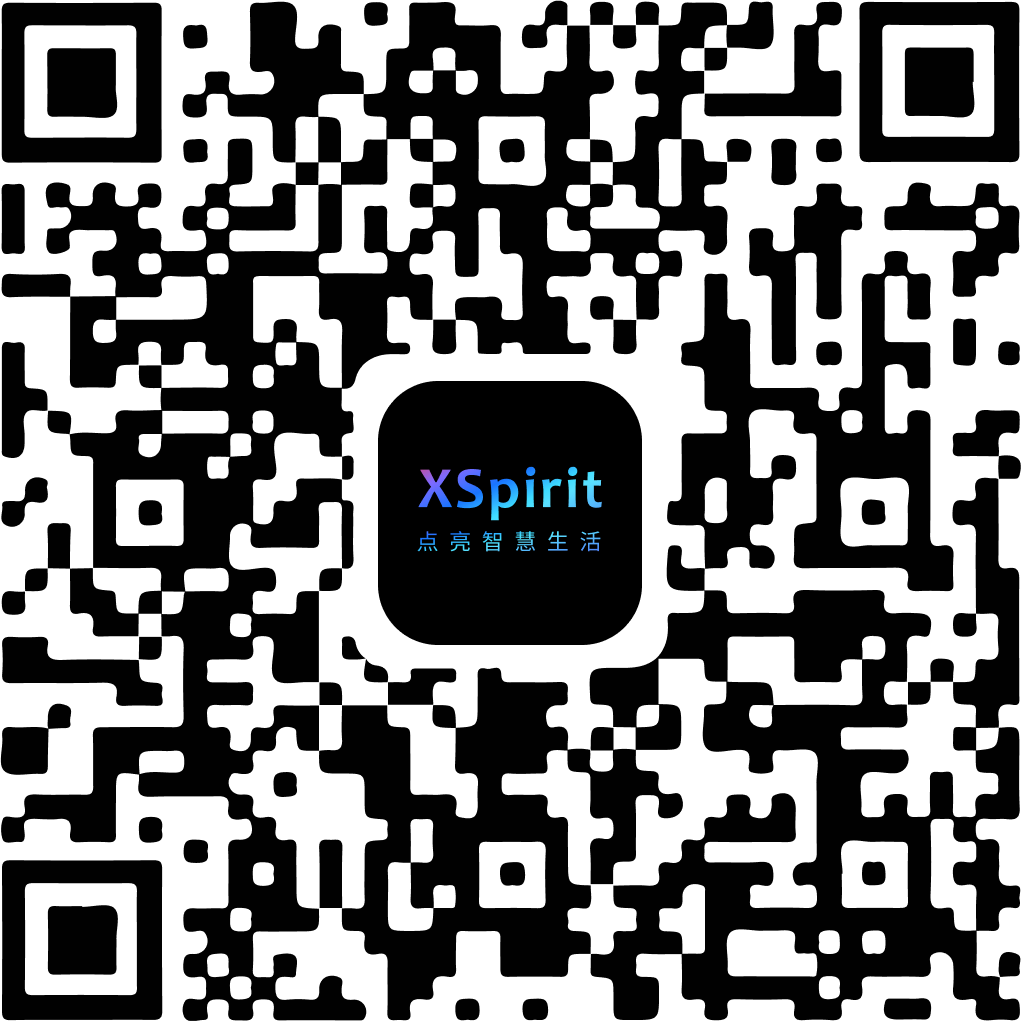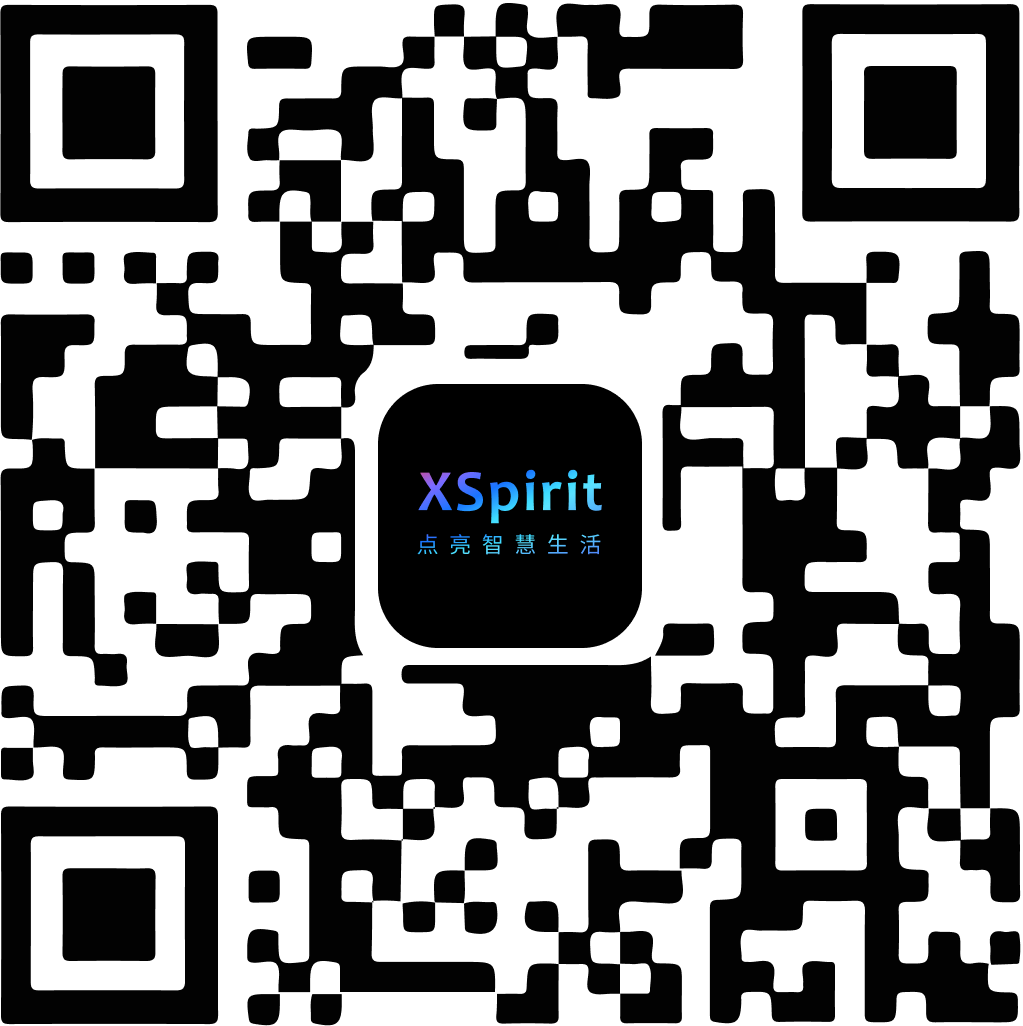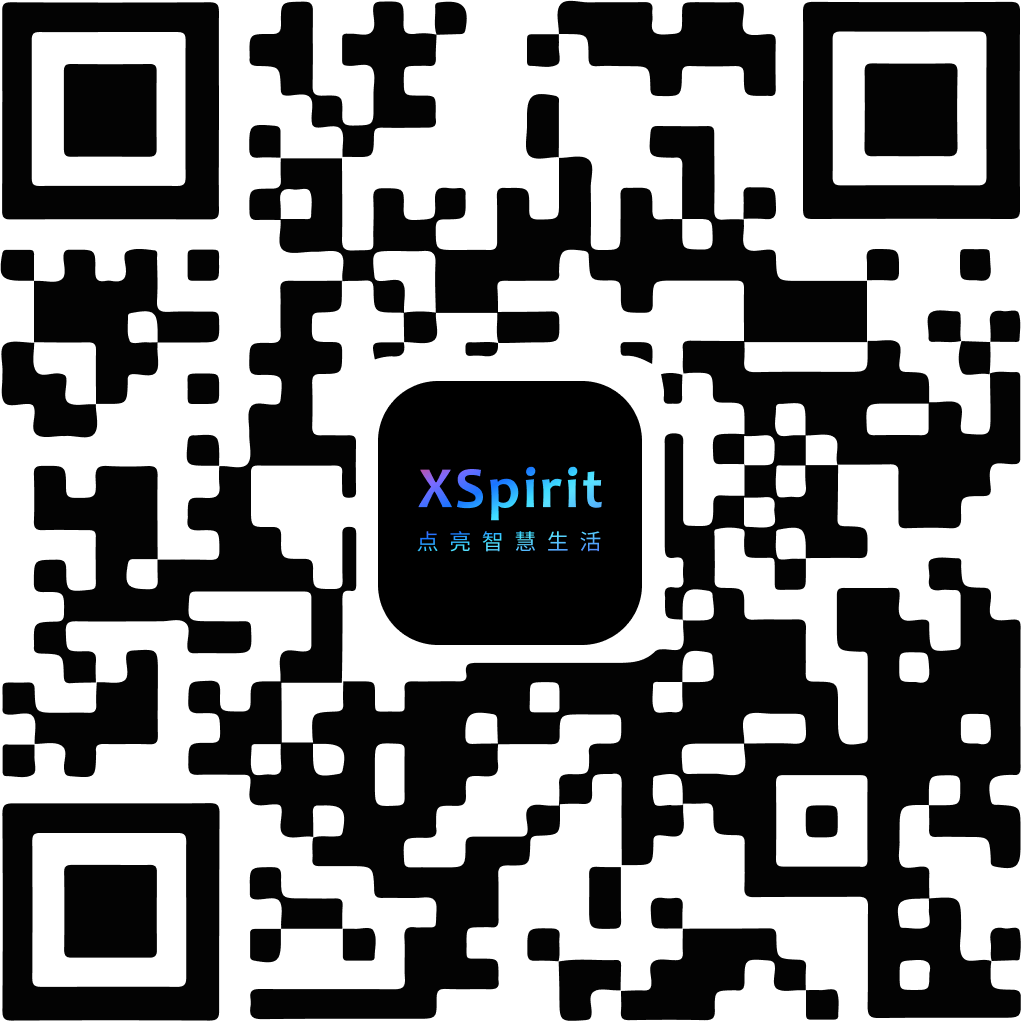Audio: Mobile Audio Player
The audio module provides many interfaces for applications to access the audio player. These interfaces can open an audio player to play audio, and can even be used to implement a customized music player.
Developers can determine whether these interfaces work in the EdgerOS mobile App environment through the following code:
edger.env().then(data => {
if (data.env === 'edgerapp') {
// We work in EdgerOS mobile App environment.
}
}).catch(error => {
console.error(error)
})
Functions
edger.audio.play(options)
Initialize and open the audio player.
options{AudioPlayerOptions} The initialization parameters of the audio player. It can contain the following members:headless{Boolean} Whether to use headless playback, whenfalse, the player's default style will be used. Default:false.index{Number} The index of audio files, you can specify which file to start playing from. Default:0. Optional.position{Number} The current playback progress of audio, you can specify where to start playing. Default:0. Unit:second(s). Optional.autoPlay{Boolean} Whether to play automatically. Default:false. Optional.speed{AudioSpeed} The playback speed of audio, you can specify the initial value of the player's playback speed. Optional values:0.5|1|1.5|2. Default:1. Optional.mode{AudioPlayMode} The mode of audio player. Optional values:repeat_mode_one|repeat_mode_all|repeat_mode_random, the meaning of these values is single loop, list cycle, random playback. Default:repeat_mode_all. Optional.files{Array<AudioFile>} Audio files. Thefilesattribute is anaudio filearray, eachaudio fileitem contains the following members:name{String} The name of audio file.url{String} The url of audio file.id{String} The ID of audio file. Optional.cover{String} The cover image url of audio file. Optional.author{String} The author of audio file. Optional.size{Number} The size of audio file. Unit:Byte(B). Optional.headers{Object} Custom request header information. Optional.
toolbar{Array<AudioToolbar>} The toolbar items of the player, it can contain the following members:icon{String} The icon for the toolbar item.code{String} The type code for the toolbar item.label{String} The title for the toolbar item.disabled{Boolean} Indicates whether the toolbar item is disabled. Optional.position{String} The display position for the toolbar item. Optional values:top|bottom. Default:bottom. Optional.labelColor{String} The font color for the toolbar item. Optional.labelBgColor{String} The background color for the toolbar item. Optional.
- Returns: {Promise}.
Example
const params = {
autoPlay: true,
position: 0,
headless: true,
files: [
{
name: '晴天',
author: '周杰伦',
cover: 'https://p1.music.126.net/RGsJyDuaOVNx0Mt0AvByQQ==/109951166994369315.jpg?param=400y400',
url: 'https://ax5mtor-ap3lafm.qddo1m-2oo83d.edgeros.vip/1.mp3',
size: 3505048
},
{
cover: 'https://p1.music.126.net/8g2Pn9Xw1m7cFhxOlc3BMg==/109951167875709379.jpg?param=400y400',
name: '蓝莲花',
author: '许巍',
url: 'https://ax5mtor-ap3lafm.qddo1m-2oo83d.edgeros.vip/2.mp3',
size: 3808487
}
],
toolbar: [
{
icon: 'computer',
code: 'computer',
label: '投屏',
disabled: false,
position: 'bottom',
labelColor: '#000'
},
{ icon: 'delete1', code: 'delete1', label: '删除', disabled: true },
{ icon: 'export', code: 'export', label: '导出', disabled: false },
{ icon: 'details', code: 'details', label: '详情' }
]
}
edger.audio.play(params)
async / await
async function audioPlay() {
try {
await edger.audio.play(params)
} catch (error) {
console.error(error)
}
}
edger.audio.setToolbar(params)
Set the toolbar for the audio player.
params{Object} The parameters of the audio toolbar, it can contain the following members:toolbar{Array<AudioToolbar>} The toolbar items of the player, it can contain the following members:icon{String} The icon for the toolbar item.code{String} The type code for the toolbar item.label{String} The title for the toolbar item.disabled{Boolean} Indicates whether the toolbar item is disabled. Optional.position{String} The display position for the toolbar item. Optional values:top|bottom. Default:bottom. Optional.labelColor{String} The font color for the toolbar item. Optional.labelBgColor{String} The background color for the toolbar item. Optional.
- Returns: {Promise}.
Get an object of result, the object includes:
code{String} The type code for the toolbar item.id{String} Audio file ID.
Example
const updateToolbar = [
{
icon: 'computer',
code: 'computer',
label: '投屏',
disabled: false,
position: 'bottom',
labelColor: '#0077fa'
},
{ icon: 'delete1', code: 'delete1', label: '删除', disabled: false },
{ icon: 'export', code: 'export', label: '导出', disabled: true }
]
edger.audio.play(params).then(() => {
edger.audio.setToolbar({ toolbar: updateToolbar }).then(() => {})
})
async / await
async function audioSetToolbar() {
try {
await edger.audio.play(params)
await edger.audio.setToolbar({ toolbar: updateToolbar })
} catch (error) {
console.error(error)
}
}
edger.audio.delete(params)
Delete audio files from the playlist based on the index.
params{Object} The parameters of the audio delete, it can contain the following member:index{Number} The index of audio files.
- Returns: {Promise}.
Example
edger.audio.delete({ index: 1 }).then(() => {})
async / await
async function audioDelete() {
try {
await edger.audio.delete({ index: 1 })
} catch (error) {
console.error(error)
}
}
edger.audio.destroy()
Destroy the audio player.
- Returns: {Promise} .
Example
edger.audio.destroy().then(() => {})
async / await
async function audioDestroy() {
try {
await edger.audio.destroy()
} catch (error) {
console.error(error);
}
}
Events
The unified event listener provided by Web-SDK:
const listener = (payload) => {
// Event handling...
}
// add listener
edger.audio.addEventListener('some-event', listener)
// or
// onAction() is an alias of addEventListener().
edger.audio.onAction('some-event', listener)
// remove listener
edger.audio.removeEventListener('some-event', listener)
// remove all listeners
edger.audio.removeAllListeners()
change
Triggered when the playback item changes, for example, the previous song and the next song.
- Returns: {Object} An object.
Get an object of result, the object includes:
id{String} Audio file ID. Optional.previous: {Number} Index of the previous audio file.current: {Number} Index of the current audio file.total: {Number} The total number of audio files in the list.
Example
edger.audio.addEventListener('change', (payload) => {
console.log("change res:", payload)
})
status
Triggered when the player's state changes.
- Returns: {Object} An object.
Get an object of result, the object includes:
status: {String} The audio player's state. Optional values:pause|playing|destroy.
Example
edger.audio.addEventListener('status', (payload) => {
console.log("status res:", payload)
})
action
Triggered after clicking an item in the toolbar of the audio player.
- Returns: {Object} An object.
Get an object of result, the object includes:
id{String} Audio file ID. Optional.code{String} Action type code.index: {Number}: Index of the audio files.
Example
edger.audio.addEventListener('action', (payload) => {
console.log("action code:", payload.code)
})




 陕公网安备61019002002605号
陕公网安备61019002002605号